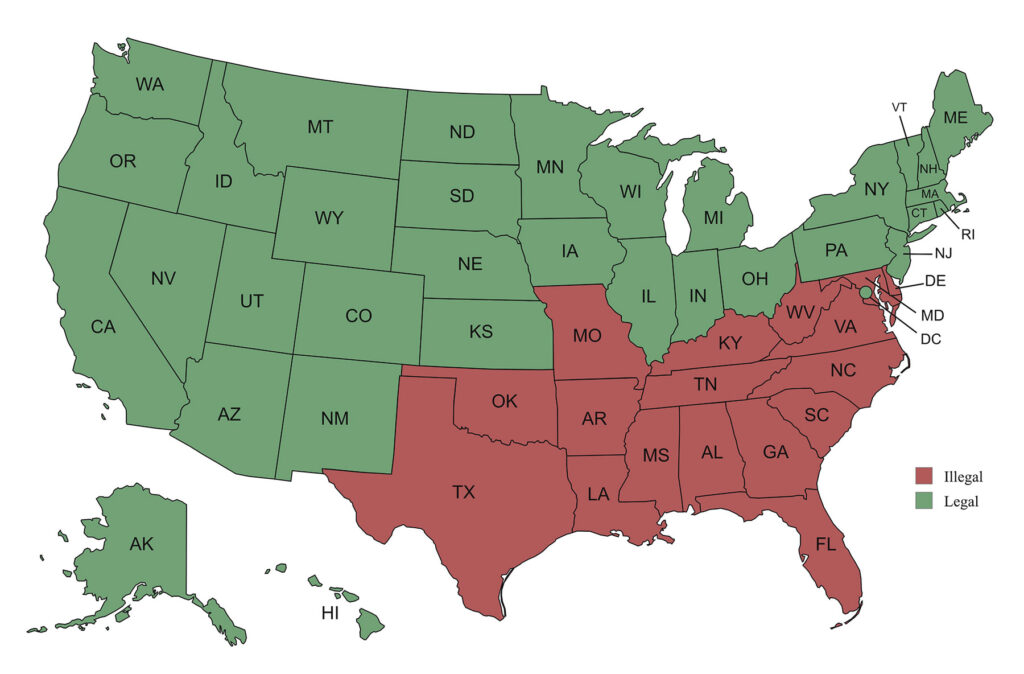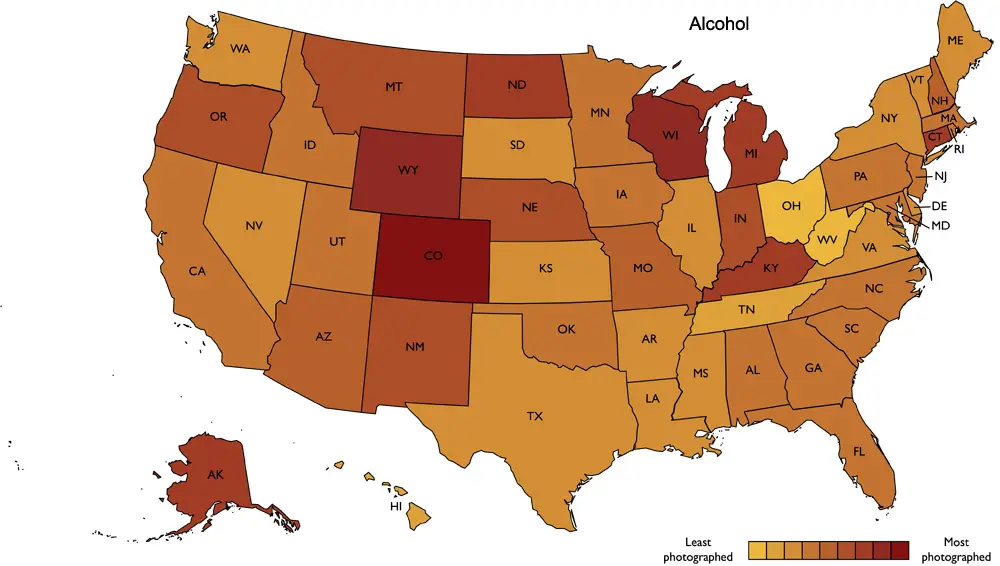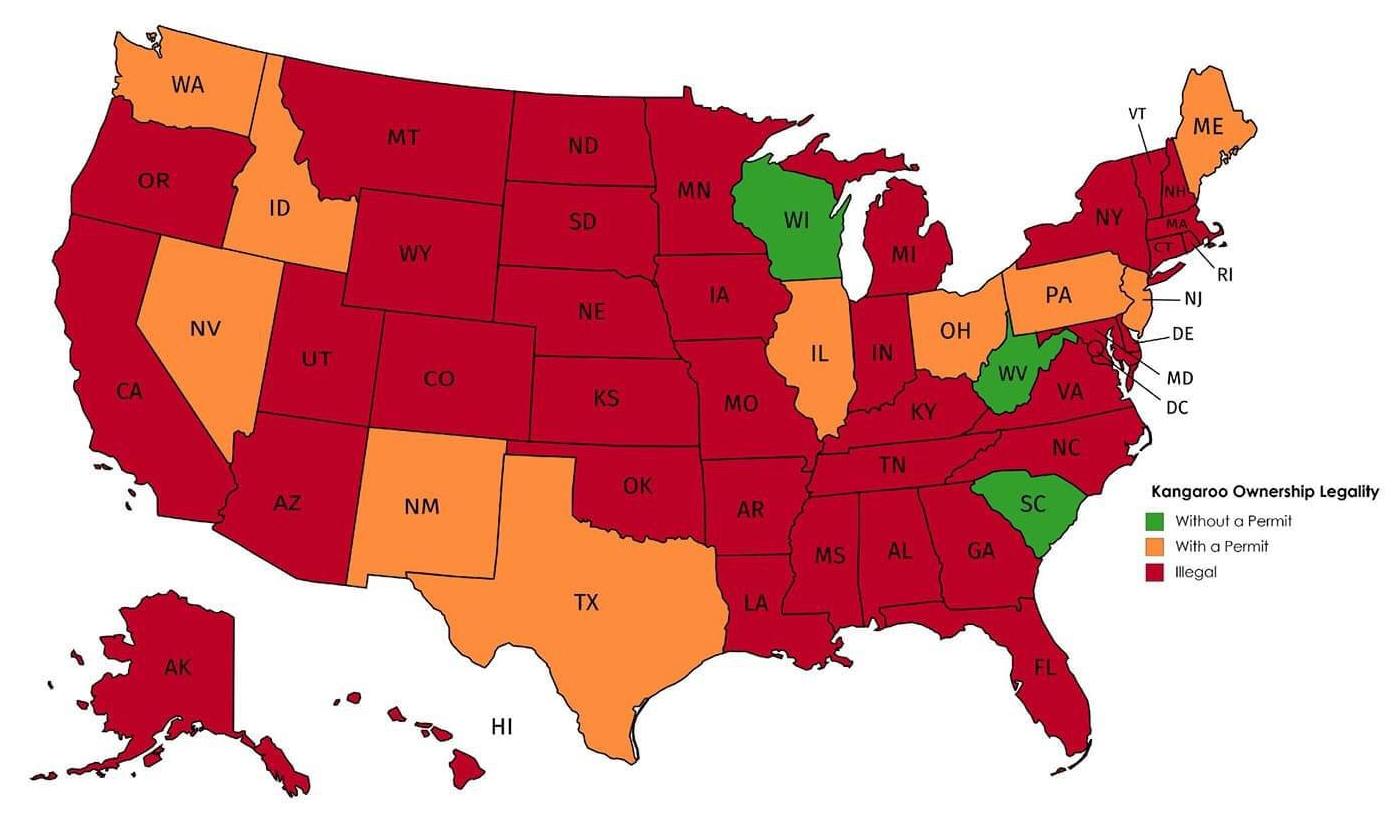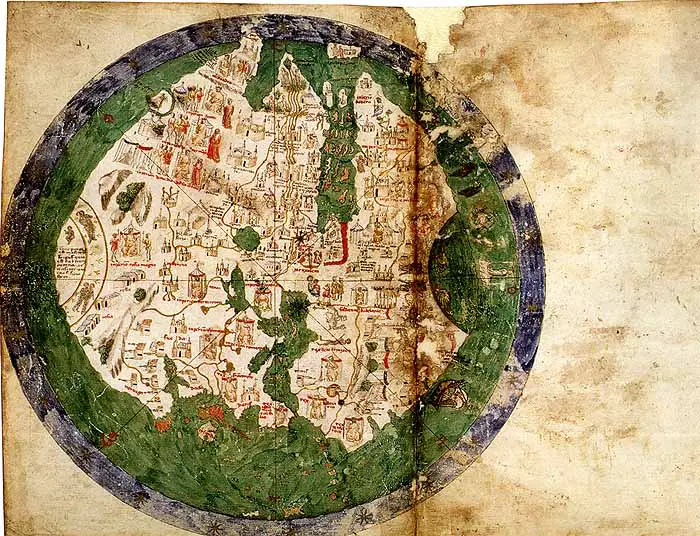Where Interracial Marriage Was Still Illegal in 1966—Just One Year Before It Was Struck Down
In 1966, just one year before the landmark Supreme Court case Loving v. Virginia, interracial marriage was still banned in large portions of the United States. Yes – 1966. That’s not ancient history. It’s the same year the first episode of Star Trek aired and the Beatles released Revolver.
Take a look at the map below, created by Reddit user PassionateCucumber43.

In red, you see the states where interracial marriage was illegal. That includes nearly the entire South, stretching from Texas and Florida all the way up to Missouri and Delaware. Green marks the states where interracial marriage was legal by that point – mostly in the North and West.
So… Did Most People in These States Actually Support These Bans?
That’s a tough one to measure precisely, but polling from that era gives us some idea. In 1967—the year the Supreme Court ruled in Loving v. Virginia – a Gallup poll found that only 20% of Americans approved of marriages between Black and white people. Even in the North, support was lukewarm. In the South, disapproval was overwhelming.
So while the Supreme Court ruled the bans unconstitutional in Loving v. Virginia (1967), it took years, if not decades, for attitudes to shift. Legal change happened instantly. Cultural change moved more slowly.
After the Ban: Did People Actually Marry Across Racial Lines?
Interracial marriages didn’t suddenly spike after 1967, but they did start increasing – gradually at first, then more rapidly. According to the Pew Research Center, only 3% of U.S. newlyweds in 1967 were in interracial marriages. By 2015, that number had climbed to 17%.
But there are regional differences even today.
In 2017, the highest rates of interracial or interethnic marriage among newlyweds were found in:
- Honolulu, Hawaii – 42%
- Las Vegas, Nevada – 31%
- Santa Barbara, California – 30%
Meanwhile, states that had bans in place before 1967 – especially in the Deep South – still tend to have lower percentages. For example:
- Jackson, Mississippi – 3%
- Asheville, North Carolina – 3%
- Youngstown-Warren-Boardman, Ohio-Pennsylvania – 4%
There’s still a lingering effect of past laws and social norms in these numbers.
A Few More Surprising Facts
- Alabama was the last state to formally remove its interracial marriage ban from the state constitution in the year 2000. Even then, 40% of voters opposed the measure.
- Virginia, the state at the center of Loving v. Virginia, saw a dramatic rise in interracial marriages by the 2000s and now mirrors the national average.
- Interracial marriage is more common among younger generations. According to Pew, 18% of Gen Z newlyweds are married to someone of another race or ethnicity.
It’s easy to forget how recent some of these laws were. Even though they’re gone, the way people felt about them didn’t change overnight – and in some places, you can still feel that history.








